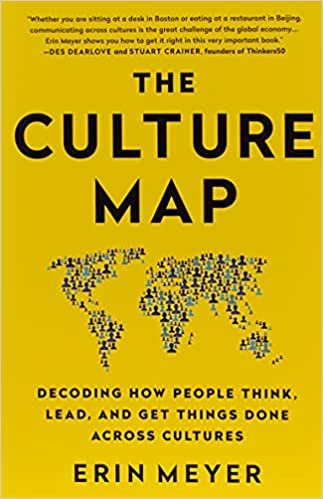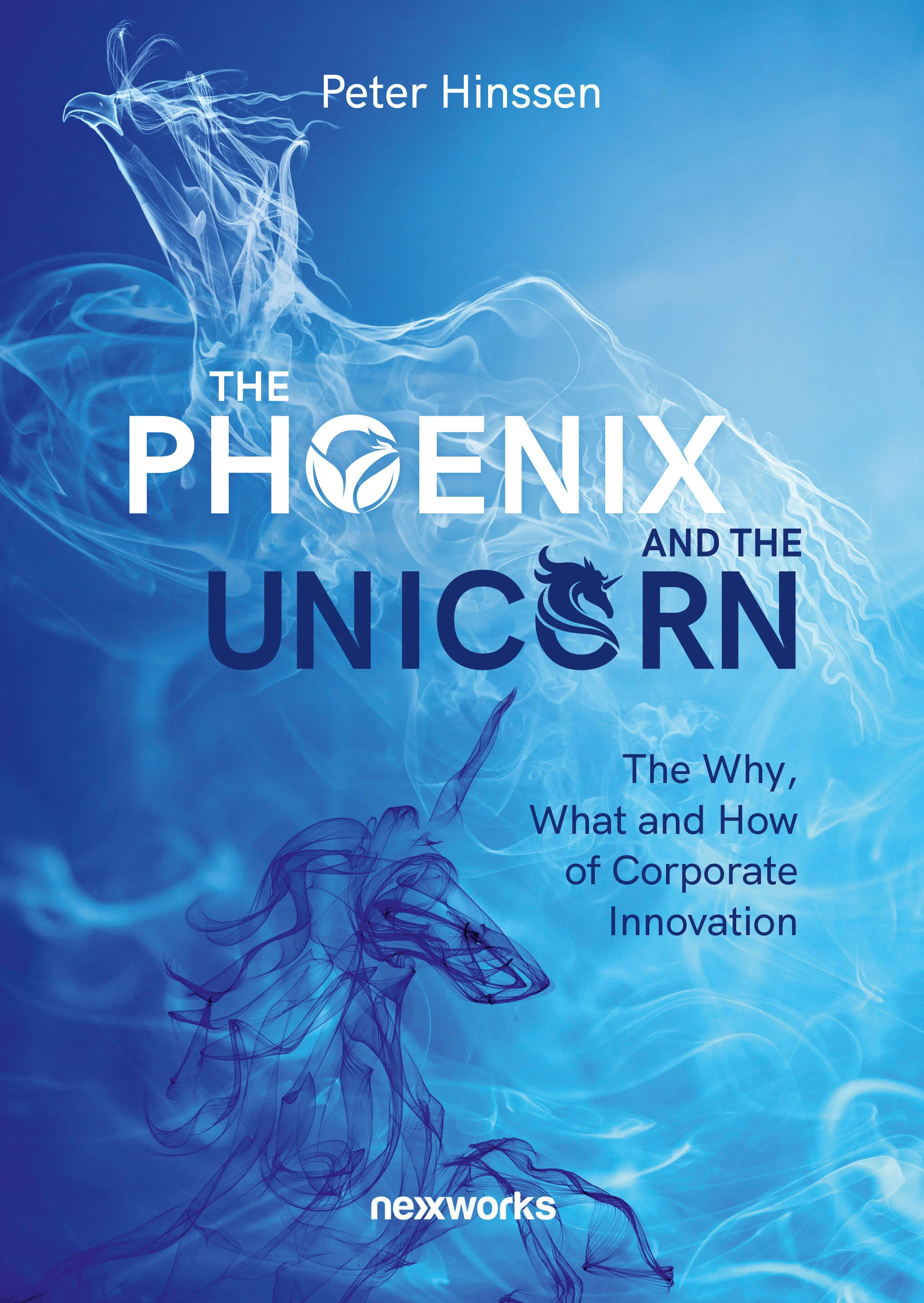The Culture Map by Erin Meyer
/Review by Sue Scott.
When I think of maps, I think borders, boundaries, heading off into the unknown, getting lost and turning the map upside down so that the road faces my direction of travel. Apparently, lots of people turn maps upside down, its something to do with spatial awareness, but it never fails to get a tsk from my husband who would prefer me to read maps like a rally co-driver.
My relationship with maps is not the only reason I was reluctant to pick up The Culture Map, by Erin Meyer. The other reason is that after years of working in a global organisation, it is really important to me that I don’t make assumptions about people based on their culture. Yes, I admit when I started reading this book, I was deeply prejudiced. What could a white American woman from Minnesota teach the world about living and working with diverse cultures?
Quite a lot, as it turns out.
Erin Meyer is a professor of management practice in the Organizational Behaviour department at INSEAD. Her book is a map to navigate the complexities of working across multiple cultures in the business context. I think anyone working in a global organisation, working in a business that operates across borders or leading a multi-cultural team should read this book and take notes.
The book is split into different areas of business communication, including how different cultures evaluate performance, influence, lead, make decisions, build trust and manage conflicts and it revealed some rather surprising things for me. For instance, I have always thought of Americans as very direct, however when it comes to one-to-one performance feedback, the French get straight to the point, being explicit on exactly what needs to improve. The Americans by contrast, tend to couch negative feedback between some motivating positive stuff. We Brits are the same, judging by all the reminders at appraisal time about how to give constructive feedback!
Since leaving the corporate world I have been learning how to communicate effectively about my fledgling coaching business on social media and the important marketing technique of ‘rinse and repeat’. Saying the same thing over and over in different ways to stand out. I think Erin Meyer might describe this approach as reflecting the low context language that Americans and British share. Our communication is ‘precise, simple and clear, and repeated to clarify’. Let me repeat that….
High context languages found in France, China, Japan are ‘sophisticated, nuanced and layered. Messages are implied and not plainly expressed’. This gave me a fresh perspective of what it must be like for someone with a high context language in meetings with Americans and English and our tendency to repeat things we think are important! It must be pretty boring.
When it comes to persuading and influencing, the cultural differences can lose your audience in a heartbeat, for instance by providing the detailed analysis up front to Americans and British when the preference is to get straight to the conclusions and actions. Conversely, if you don’t provide the analysis first, when presenting to a German, French or Russian audience the presentation could be derailed with challenges to the presenter on how he or she came to their conclusions.
A practical manifestation of these two styles is in how we author emails. Long emails that set out the entire debate might not get the attention of a British or American reader – the entire email needs to fit on an iphone screen to have the biggest impact. Try layering that over everything you have learned about communicating effectively on LinkedIn!
There were certain aspects that felt a bit counter-intuitive to me. For example, the Japanese have a hierarchical leadership approach, but tend to make decisions as a group with unanimous agreement. This can mean getting to decisions is quite slow. By contrast, US is egalitarian on the leadership side, but tends towards top-down decision-making. This means quick decisions but can change as new facts or points of view emerge. Is this what we mean by Agile I wonder? Netherlands is both egalitarian in leadership and seeks consensus for decisions, so a Dutch person might be demotivated by their British or American boss making all the decisions.
The chapter on building trust made me think about the endless debates my old Anti-Bribery & Corruption team had with business users of the gifts and entertainment system. The cultural map divided countries into Task-based and Relationship-based. China, Russia, Nigeria, Mexico and India all build trust through relationships. They do this through sharing meals, evening drinks and getting to know each other over an extended period of time. Countries like UK, US, Netherlands, Australia and Germany are task-based and therefore build trust through business-related activities, and relationships can be picked up and dropped quite easily.
It struck me that our Gifts and Entertainment process was an example of a clash of culture, where the US and UK regulatory expectation is to limit gifts and entertainment and keep things focused more on business and task. This must seem quite rude in China and India when trying to get to know your business partners and build long-term relationships. Interesting to note also that a number of the countries that are listed as building trust based on relationships, score high on the Transparency International Corruption Perception Index. The twist in this tale is that when you look at the big cases of bribery, its often businesses from task-based cultures who are initiating the bribery….
I also thought it was funny to think that despite how much the British love a piss up in the pub, for the Japanese, social drinking after work is a way to build strong teams and business relationships and share what you are really thinking. And, yes, what goes on tour stays on tour…
The Cultural Map paints a complex territory and there is a lot to learn from this book. As a leader, navigating cultural differences effectively means developing an awareness of these perspectives, encouraging others to do the same and integrating diversity into how we do business.
~~~
Sue Scott is a Leadership Coach, Mentor & Advisor
You can contact Sue at ssensecoaching.com











